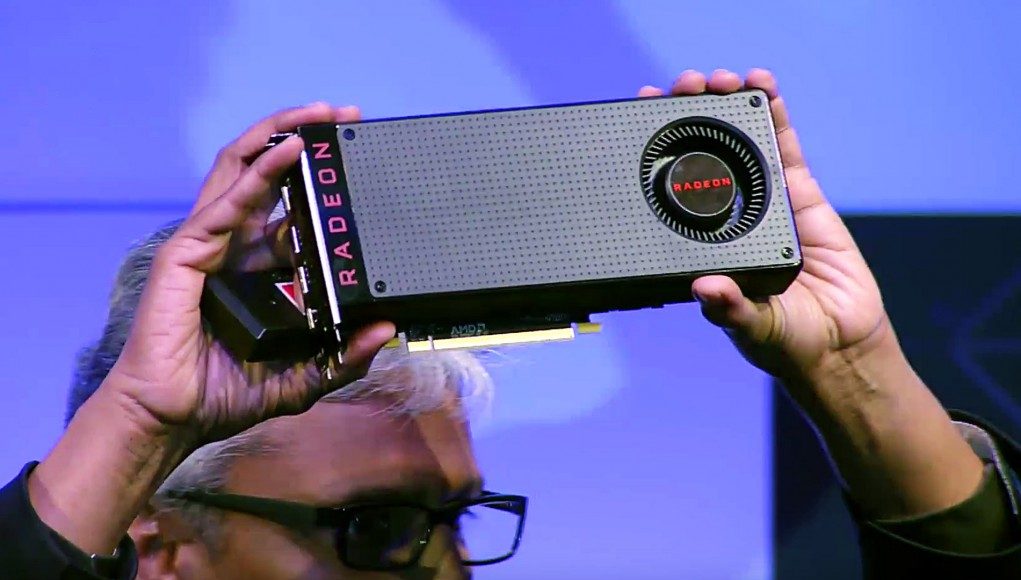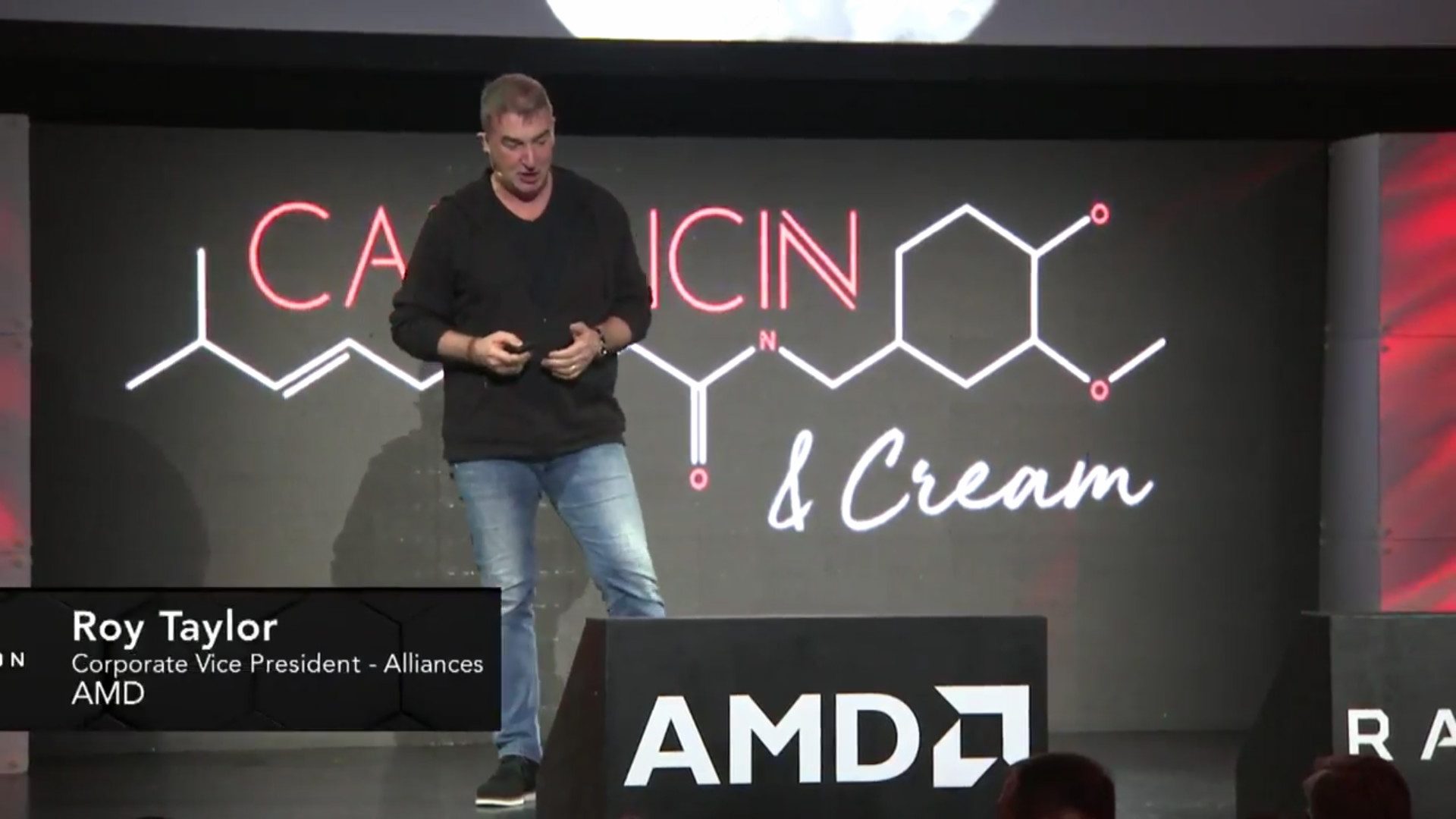Announced at AMD’s GDC 2017 press conference, Radeon GPUs will support Asynchronous Reprojection on SteamVR in the next update. The technology helps to maintain smooth head motion when framerate drops below the headset’s refresh rate.
Roy Taylor, Corporate Vice President – Alliances at AMD took to the stage with some passionate announcements about AMD and its VR support, promising ‘120+ fps, billions of entities and 16K graphics’ in the future. Today, their focus is on delivering the most seamless VR experience possible on existing hardware, and a much-needed feature is an effective way of dealing with performance drops. Taylor invited Dan O’Brien, General Manager of HTC Vive, onto the stage to announce Asynchronous Reprojection for Steam VR on Radeon GPUs.
While AMD’s LiquidVR technology has supported Asynchronous Spacewarp on the Oculus Rift since December, Asynchronous Reprojection for SteamVR has been limited to Nvidia GPUs since its introduction in October 2016. The technique is very effective at mitigating the impact of small performance drops below 90fps, maintaining totally smooth head orientation tracking, which can result in a significant improvement to comfort and immersion. AMD is aiming to include the update in the next release of Radeon software.








